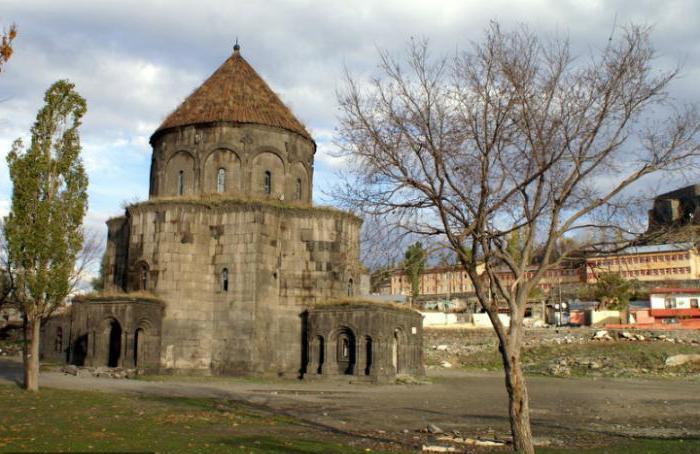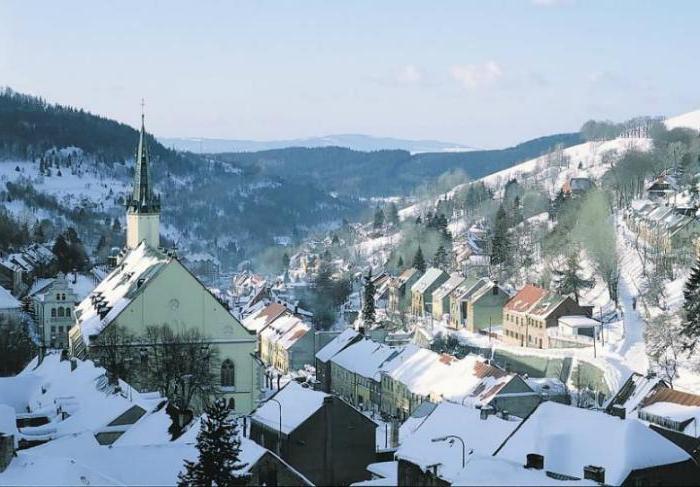Ruben Grigoryan - Hero of Socialist Labor, winner of the Lenin and Stalin Prizes, talented leader and mining engineer of the Soviet Union.
What kind of man was Ruben Grigoryan? His biography is official and extremely scarce. What is hidden behind dry information?
At the beginning of the journey
What information has remained about the private life of such an outstanding person as Ruben Grigoryan? Date of birth: 11/11/1917 (11/24/1917), date of death: 11/25/1976. Putting life on the altar of the socialist Fatherland, an outstanding man Ruben Grigoryan, where was he born? Place of birth - the city of Kars in Western Armenia (Russian Empire), in 1918 given to Turkey under the Brest-Litovsk treaty.

Ruben Grigoryan came from an intelligent Armenian family of surgeon. It can be assumed that the family left the city of Kars, like many Armenian families, fleeing the genocide by the Turkish authorities. As young Ruben ended up in Moscow, history is silent. But the dates say that at the age of 17 he entered the Moscow Mining Institute, having completed a rabfak (1934), graduated from the institute in 1940. With a diploma of a mining engineer, a young specialist arrived in the city of Monchegorsk, where he began his working life at the Severonickel plant. At this plant, he worked for a year as the head of the site.
Murmansk region, Czechoslovakia
Since 1941, the powers of Ruben Aramaisovich have been expanding. In the same position, he already works in the mining department of the Murmansk region, where he remained until 1947. From this it follows that he was not at the front. Obviously, he was released from the draft due to the importance of his work. 1944 for Grigoryan marked the entry into the Communist Party. Party membership for the leader in those days was considered the rule.

1947 year. Ruben Grigoryan was sent to the Czechoslovak city of Jáchymov to uranium mines, where he was appointed to the post of chief engineer of the Rovnost mine, where for four years in the company of the same selfless people, without sparing his health, he worked to create a nuclear shield of his homeland. Under the leadership of Grigoryan, the enterprise soon began to ship rich ores. His talent as a leader was clearly manifested over the years of work in Czechoslovakia. After four years of productive work in Jachymov, Ruben Grigoryan was recalled to the USSR.
Again in the Soviet Union
The return of Grigoryan was associated with the construction of a uranium plant in Ukraine in the Krivoy Rog region. The foundation of the plant was two operating mines. The appointment of Ruben Aramaisovich to the position of deputy chief engineer at one of the mines was a new step in his professional career. One year passed, and in 1952, Grigoryan became the director of the mine. As the head of a large uranium plant, Ruben Grigoryan showed excellent results. He was the initiator of the creation of new systems and equipment for open and underground mining of uranium ores.
On Mangyshlak
The new Caspian Mining and Metallurgical Combine (PGMK) required the development of the social infrastructure of the city of Shevchenko (Aktau). The problem arose of the need to separate the management of the mines and the construction of the city. Minister E.P. Slavsky found a way out of the situation by endowing in 1961 the powers of a single director of the PGMK R.A. Grigoryan. The city was built from scratch, in the desert, where there was sweltering heat in the summer and severe frosts in the winter. People suffered from a lack of water, electricity, lived in barracks, but worked selflessly. The result of their labors was a beautiful city.
In addition to managing the enterprise and building the city, Ruben Aramaisovich conducted parliamentary work from 1963 to 1971. To all this, in 1970, the post of deputy director of the Physical Research Institute was added.
In 1973, the first multifunctional nuclear power plant in the Soviet Union was commissioned at the PGMK. It was the world's first industrial fast neutron reactor. The nuclear power plant gave the city and the plant heat, electricity and fresh water. The construction of a nuclear power plant would not have taken place had it not been for the PHMK under the leadership of R. A. Grigoryan.
Life totals
Ruben Aramaisovich Grigoryan passed away on November 25, 1976 at the age of 59. His resting place was the Moscow Kuntsevo cemetery. He did not even live to retirement. What was the reason? Perhaps the hard work of a lifetime, and not just anywhere, but in uranium mines. There is no information available whether he had a family, whether Ruben Grigoryan was happy. There is only one photo in public access: the official photo in a jacket with many awards. But no officialdom will hide its eyes, wise and sad, like a biblical prophet, and a person full of nobility and dignity. Everyone has his own happiness. The concept of the happiness of the average layman is too different from the concept of a large person. For most, hard work in hazardous work and great responsibility are not associated with happiness. Ruben Aramaisovich lived the only life possible for himself, dedicated to serving the homeland and the people. In this he realized himself, and this is happiness.
The government rightly noted his merits: three orders, five medals, the Stalin Prize, the Lenin Prize, and the title Hero of Socialist Labor.
Tribute to the memory
In the city of Aktau, Ruben Aramaisovich Grigoryan, as the first builder of the city, has a monument to which, according to the tradition of the Armenian Ethnocultural Center, annual flowers are laid. November 25, grateful residents of Aktau carry flowers to the monument to Ruben Aramaisovich.
Still alive are those who met with Ruben Grigoryan, in whom the memory of this amazing man lives. They talk about an indelible impression even from a brief conversation with him, note that he never used his position, despite his ranks and awards, was an exceptionally decent, impeccably honest and kind person, and a leader wise and far-sighted.
Gathering at the monument to Ruben Grigoryan, an honorary citizen of Aktau, people express their gratitude to the person who devoted his energy and knowledge to the formation of their city and the country's industry. Such an event, of course, has a positive impact on educating young people in the spirit of respect for true values and love for the motherland.